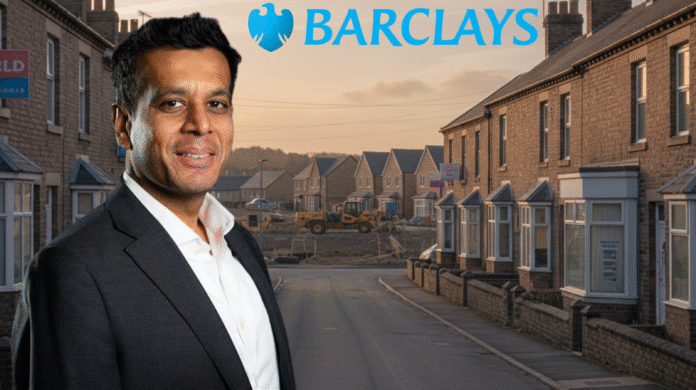A surge in first-time buyers opting for cheaper homes in the wake of April’s stamp duty changes has subsided, according to new figures from Barclays, suggesting the housing market has now stabilised after months of distortion.
Barclays’ mortgage data shows that the share of first-time buyer completions for homes priced below £300,000 – the new stamp duty exemption threshold – jumped sharply from 60.6% in April to 72% in May, as buyers rushed to complete before the new rules took effect.
By September, that figure had settled back to 64.3%, indicating that the initial wave of activity had normalised as buyers adapted to the revised tax bands.
The April changes cut the first-time buyer exemption threshold from £425,000 to £300,000, prompting many to scale back their budgets to offset higher tax liabilities.
FALLING COMPLETIONS
Across the wider market, completions for homes priced between £300,000 and £500,000 fell from 33.1% in April to 29.2% in May but recovered to 33.6% by September.
“Perceptions of stamp duty as a major obstacle have improved.”
While the immediate impact of the reforms has faded, perceptions of stamp duty as a major obstacle to homeownership have improved.
Only 8% of prospective first-time buyers now cite it as a significant barrier, down from 11% in April, with affordability pressures such as deposit costs and mortgage access now greater concerns.
Spending on mortgage and rental payments rose 7.3% year-on-year in September – the fastest pace since February – while confidence in the housing market edged down from 29% to 27% month-on-month.
GROWING OPTIMISM
Despite this, renters appear increasingly optimistic: 27% now believe they could own a home within five years, up from 22% in August, and 30% see ownership as achievable within their lifetime.
Among those already on the ladder, second steppers are showing a marked preference for long-term homes and more space.
Barclays data shows detached and semi-detached houses accounted for 66.1% of non-first-time buyer completions in September, up from 63.4% a year earlier.
Nearly one in five second-steppers said they were seeking a “forever home”, while a fifth prioritised properties likely to retain or grow in value.
However, competitive pressures remain high. Four in 10 homeowners report losing out in bidding wars, three-quarters cite property chains as a major stress factor, and almost half believe cash buyers hold an unfair advantage.
SHORT-TERM VOLATILITY
Jatin Patel (main picture, inset), head of mortgages, savings and insurance at Barclays, said: “Our latest data shows that policy shifts like stamp duty adjustments can create short-term volatility, but buyers adapt to market circumstances.
“As the Autumn Budget approaches, keeping a long-term view is key, considering the broader outlook for the housing market instead of responding only to the immediate aftermath of any policy changes.”
MORE WORK TO BE DONE
But he added: “Though it’s encouraging that renters feel more positive about their homeownership prospects, costs continue to increase, and ‘second-steppers’ report feeling pressure on both sides of buying and selling.
“It’s a reminder that there is more work to be done to smooth out the process and increase awareness of available support, if we are to create a more dynamic housing market for everyone.”
RESILIENT MARKET

And Julien Lafargue, chief market strategist at Barclays, added: “Despite the current uncertainty both domestically and globally, the UK real estate market – just like the broader UK economy – remains resilient.
“However, recent indicators point to a loss of momentum, with signs of a softening labour market and stagnant economic activity during the third quarter.
“Crucially, these developments may prompt the Bank of England to consider lowering interest rates sooner than markets currently anticipate.
“A more accommodative monetary stance could provide timely support to the housing sector, particularly as greater policy clarity is expected following the release of the Autumn Budget.”





